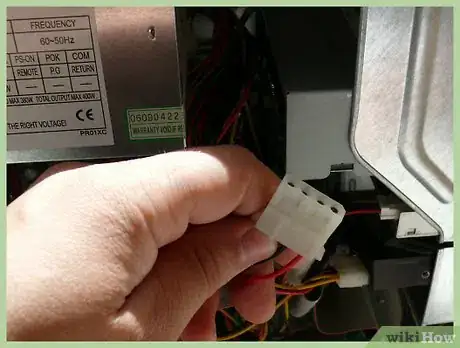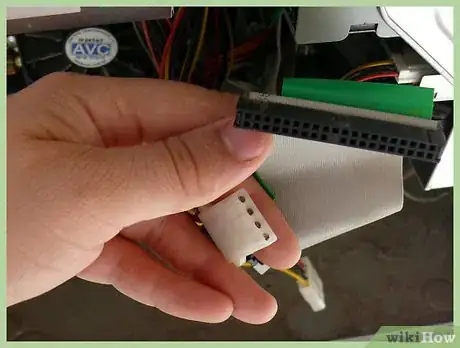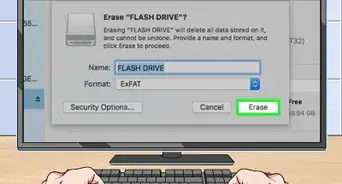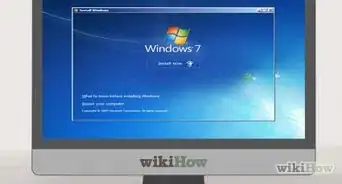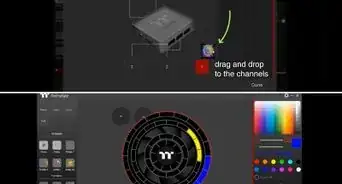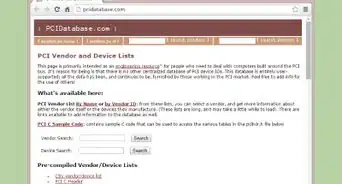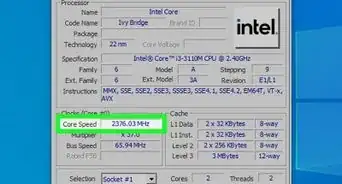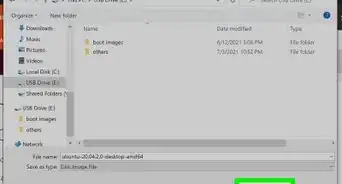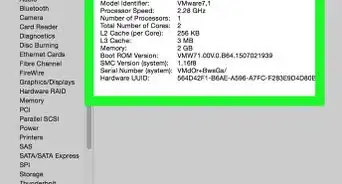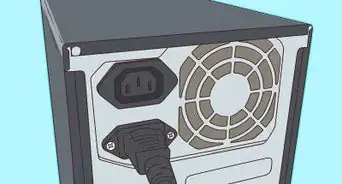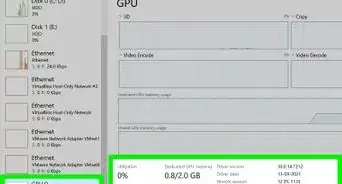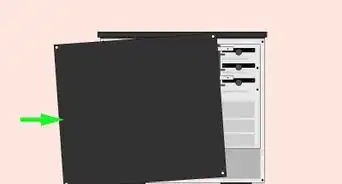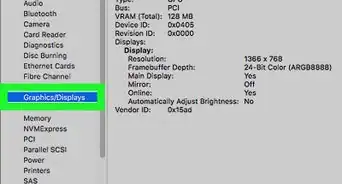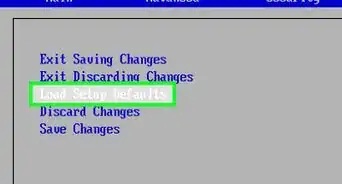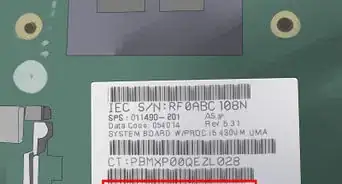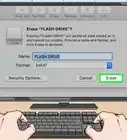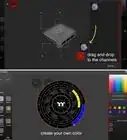X
wikiHow is a “wiki,” similar to Wikipedia, which means that many of our articles are co-written by multiple authors. To create this article, 13 people, some anonymous, worked to edit and improve it over time.
This article has been viewed 236,405 times.
Learn more...
These are the steps support reps use to troubleshoot motherboard that are "dead". A motherboard is not "dead" if POST beeps are heard. Assuming no beeps are heard, the board is classified as dead.
Steps
-
1To diagnose a dead motherboard you first need to remove all the DIMMs and cards attached to it. Once you have done that, try to power up the system, and if beeps are heard, then the motherboard is probably fine and you have issues with either a PSU or any other hardware.
-
2If it didn't make a beep-like sound, make sure your CPU is correctly attached to the socket, and the speaker is hooked up. Attach the PSU cord to the motherboard and check if the fans fire up. Additionally, you can try doing the following
- Test the voltage
A motherboard will not work if there is no power getting to it. To test the voltage, use a multimeter. There should be at least 3.3 volts on the motherboard, but 5 volts is preferable. If the motherboard has an LED, check to see if it lights up when you plug in the power supply. - Check the PSU
If the motherboard doesn't have power, check the power supply. Make sure that it is plugged in and that the switch is on. Disconnect all of the other components from the power supply and try to turn it on. If it still doesn't work, the power supply is probably bad. - Issues with CPU
If the motherboard has power but the computer still doesn't turn on, there may be an issue with the CPU. Make sure that the CPU is properly seated in the socket and that the fan is plugged in. If the CPU is not properly seated, it will not make contact with the pins in the socket, and the computer will not turn on.
Advertisement - Test the voltage
-
3Further Diagnosis. If nothing of the above seems to work, try the methods below
- Check the jumper settings. If the bus runs at 100 MHz, 133 MHz, etc., try a slower bus speed to see if that produces a beep. Try the "auto" setting if applicable rather than specifying a particular bus speed. Set the multiplier to a slower speed such as 2.5.
- Check the voltage settings for Socket 7 CPUs.
- Check the CPU for bent or broken pins or damaged contacts.
- Reset the CPU. Take the CPU out and reinsert it, making sure it seats well.
- Try another CPU if possible. At this point, we just want a beep. It is unlikely that the CPU is bad, but if another one is handy, try that to see if a beep is heard.
- If the board is an ATX design, remove AC power from the power supply, unhook the power supply cable from the board, reinsert it and apply AC power to the power supply again.
- At this point, if the system is in a case, take the board out and try it on a test bench setup, anti-static bag on top of case, etc. to check for grounding problems.
- If possible, try a different Power Supply. Even if the power supply runs and the fan spins, etc. it could still have a problem.
- If the board is still dead, if possible, try another mainboard. Does it work with the same CPU, Power Supply, etc?
- If none of the above produce a beep, we have hit a wall. There is little else to try to the board may in fact be DOA.
Advertisement
Community Q&A
-
QuestionMy PC doesn't start. I changed the power supply cable. SMPS is working with other systems but does not work on my system. Is it a motherboard problem?
 Community AnswerYour motherboard may have been fried. However, it could be other parts that caused this. Check every part. If you truly think it is your motherboard, it may be time for a new one.
Community AnswerYour motherboard may have been fried. However, it could be other parts that caused this. Check every part. If you truly think it is your motherboard, it may be time for a new one. -
QuestionMy PC does not stop when I press the power button. What do I do?
 Community AnswerYou may have to hold the button down for about 10 seconds to force the computer off. Of course, you're supposed to use the virtual "Turn Off Computer" button in the operating system, not the hardware button on the front of the computer. The operating system (such as Windows) writes a lot of files to the hard drive when you ask to turn the computer off, and then it powers down. It gets messy if you force a power-down without giving the operating system a chance to write those files.
Community AnswerYou may have to hold the button down for about 10 seconds to force the computer off. Of course, you're supposed to use the virtual "Turn Off Computer" button in the operating system, not the hardware button on the front of the computer. The operating system (such as Windows) writes a lot of files to the hard drive when you ask to turn the computer off, and then it powers down. It gets messy if you force a power-down without giving the operating system a chance to write those files. -
QuestionMy PC isn't booting. The small light on the motherboard is glowing so I don't think the SMPS is faulty. I think the motherboard is fired or the BIOS chip is corrupted. What should I do?
 Community AnswerIt might be the power supply. There are boot-up error readers - a little troubleshooting board you can plug into a PCI slot or somewhere else on your motherboard. t will confirm if all the voltages are in range and stable, and can also determine if other devices are faulty. Like, even if a CPU fan froze up, the computer won't boot. These error-reading devices flash codes, and include a cheat-sheet for you to look up what the code means.
Community AnswerIt might be the power supply. There are boot-up error readers - a little troubleshooting board you can plug into a PCI slot or somewhere else on your motherboard. t will confirm if all the voltages are in range and stable, and can also determine if other devices are faulty. Like, even if a CPU fan froze up, the computer won't boot. These error-reading devices flash codes, and include a cheat-sheet for you to look up what the code means.
Advertisement
Warnings
- If you are not comfortable doing this, don't.⧼thumbs_response⧽
- Follow instructions very carefully. Working with computer hardware is tricky and can have some unforgivable consequences.⧼thumbs_response⧽
Advertisement
About This Article
Advertisement
